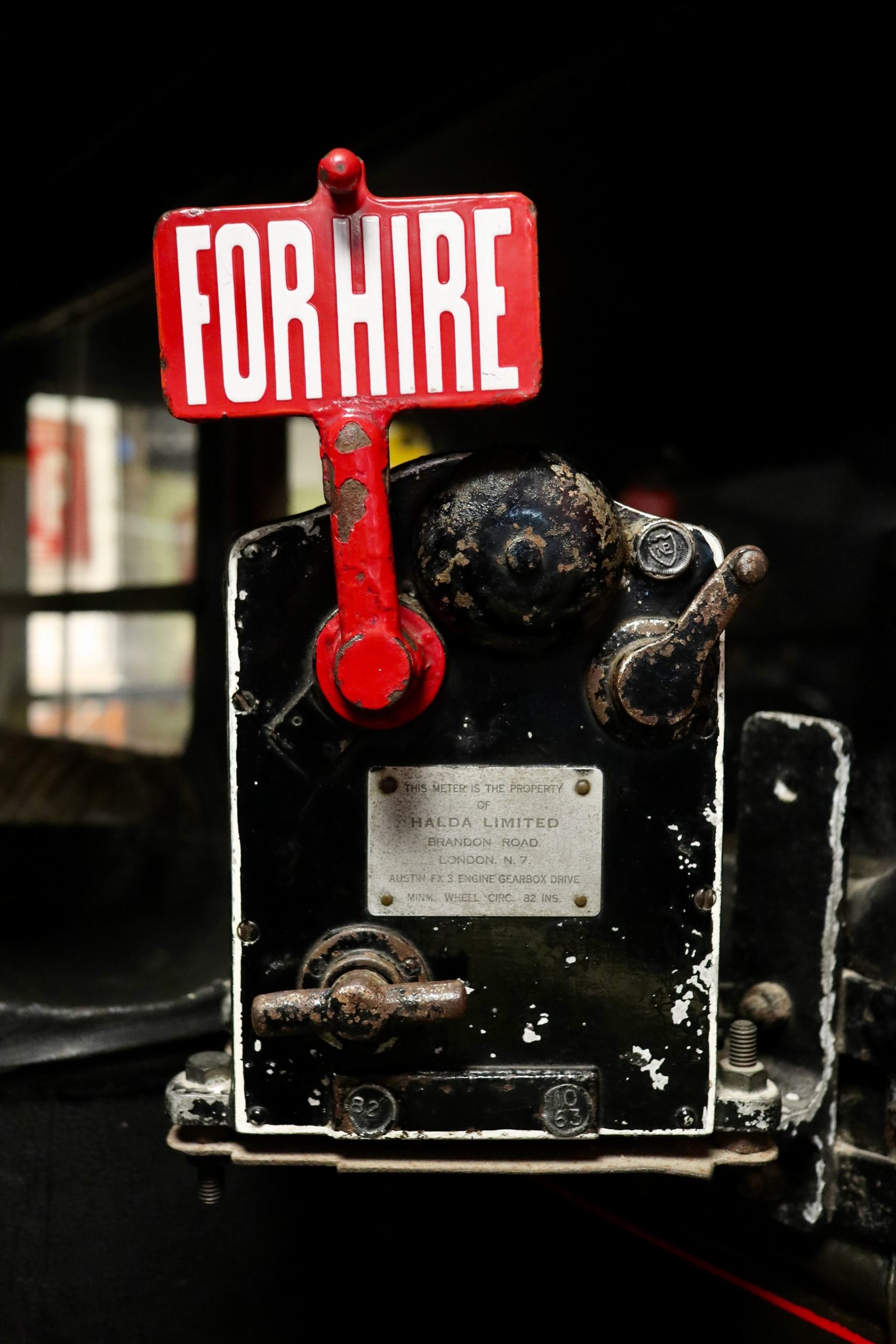
The dangers of blind ideological adherence apply equally to all. They are not limited to a certain political party or economic school of thought. When one objectively analyzes the present state of affairs of the real economy, the federal government’s and the Federal Reserve’s (Fed) actions have been an unequivocal failure.
It is both obvious and correct to say that the economy is not the stock market, and the stock market is not the economy. It is also correct to observe that there has been a clear divergence in the performance of the stock market and the real economy, with the stock market far outperforming the real economy. This divergence goes well beyond the ongoing dysfunctions in financial markets. It is also a grossly immoral outcome for the American people who, by and large, live and operate in the real economy.
Therefore, it would be incorrect to conclude that the Fed, whose dual mandate is price stability and full employment, i.e. to make sure that the real economy is performing well, is meeting its mandate because the stock market is performing well. I think this is elementary logic.
Objective Premises, Ideological Conclusion
Krugman, however, arrives at just this erroneous conclusion given the same premises. To quote Krugman (2020) in his last opinion piece in the NYTimes, as of the present, “G.D.P. report for the first quarter. An economy contracting at an annual rate of almost 5 percent would have been considered very bad in normal times, but this report only captured the first few drops of a torrential downpour. More timely data show an economy falling off a cliff. The Congressional Budget Office is projecting an unemployment rate of 16 percent later this year, and that may well be an underestimate.” Thus, we are both of the mind that the present economy is terrible.
Now, Krugman’s description of the stock market, again in his own words, “Yet stock prices, which fell in the first few weeks of the Covid-19 crisis, have made up much of those losses. They’re currently more or less back to where they were last fall, when all the talk was about how well the economy was doing.”
Now, here is Krugman’s assessment of the Fed’s response to the 2008 financial crisis, and by extension and implication, his assessment of its response to the present crisis, “Now, one question you might ask is why, if economic weakness is if anything good for stocks, the market briefly plunged earlier this year. The answer is that for a few weeks in March the world teetered on the edge of a 2008-type financial crisis, which caused investors to flee everything with the slightest hint of risk.”
Krugman continues, “That crisis was, however, averted thanks to extremely aggressive actions by the Fed, which stepped in to buy an unprecedented volume and range of assets. Without those actions, we would be facing an even bigger economic catastrophe.”
Explanation of the Ideological Argument
Let us consider the argument Krugman provides. The first main point is that the Fed responded to both crises by lowering interest rates, which is the standard monetary policy response to an economic downturn no matter how it is triggered, and lower interest rates hurt bond markets and help stock markets since market participants have to put their money somewhere.
Thus, the stock market is being helped by the Fed as a “side-effect” of its efforts to help the broader economy. (A debate worth having is how the Fed can gain better traction on credit availability and terms and do so without relying so heavily on financial markets for their transmission.)
Krugman’s second main point, although not as explicitly articulated, is that the Fed, acting as the lender of last resort, should have and has done everything it can, a “whatever-it-takes” approach, to mitigate the economic damage. This is the same ideological view that ended up prevailing in the last crisis (see this previous post), and by his assessment, this approach was a wild success.
Then again, maybe not, since Krugman also states the following, “While employment eventually recovered from the Great Recession, that recovery was achieved only thanks to historically low interest rates. The need for low rates was an indication of underlying economic weakness: businesses seemed reluctant to invest despite high profits, often preferring to buy back their own stock. But low rates were good for stock prices.”
The intellectual incoherence is symptomatic of an intellectual disease that afflicts many of all ideological persuasions. It is an obstinate adherence to a set of beliefs even when the evidence clearly contradicts the ideology. Krugman knows this problem well. It could be reasonably argued that he popularized the term, “zombie economics,” which was the title of a book by John Quiggin, Zombie Economics: How Dead Ideas Still Walk among Us.
Ideologically Yours, Keynesian
In Quiggin’s words, which is what Krugman also believes, “For decades, their [market liberalism’s] advocates dominated mainstream economics, and their influence created a system where an unthinking faith in markets led many to view speculative investments as fundamentally safe. The crisis seemed to have killed off these ideas, but they still live on in the minds of many—members of the public, commentators, politicians, economists, and even those charged with cleaning up the mess.”
Instead of assessing the Fed’s performance based on a thorough, unbiased evaluation of the economy after the last crisis or in the midst of this present one, Krugman instead concludes that the Fed, headed by Jerome Powell, has done an incredible job, giving them and him an A grade. What is the basis for Krugman’s conclusion? The Fed has responded in what he considers Keynesian fashion. His is an analysis based on the application of an ideology, Keynesian economics – not on its actual outcome. This is essentially a variant of “zombie economics.” Even if the response might be theoretically correct, the form of the present (and past) application is clearly wrong because the outcome is clearly bad.
Intellectual Honesty Is Not Optional
The dangers of blind ideological loyalty and purity apply to all, including the right and the left, whether they are politicians, economists, or even Christians. In reality, when one objectively analyzes the state of affairs of the real economy, the federal government’s and the Fed’s actions have been disastrously bad.
To be a good economist or policy-maker, more broadly, a good intellectual, is to be intellectually honest. It is to have knowledge of various schools of thought and to dispassionately pick and choose from them based on what actually works. There are those among us who consider ourselves liberal economists but base our analysis not on the application of any one ideology, left, right or center, but on its actual outcome.
The outcome of the Fed intervention in the financial crisis, which was not fully disclosed to the public, was plainly and simply terrible, and the outcome of the present intervention is even worse. The data and facts speak for themselves. Lastly, the counterfactual is not redeeming when the reality is damning.



